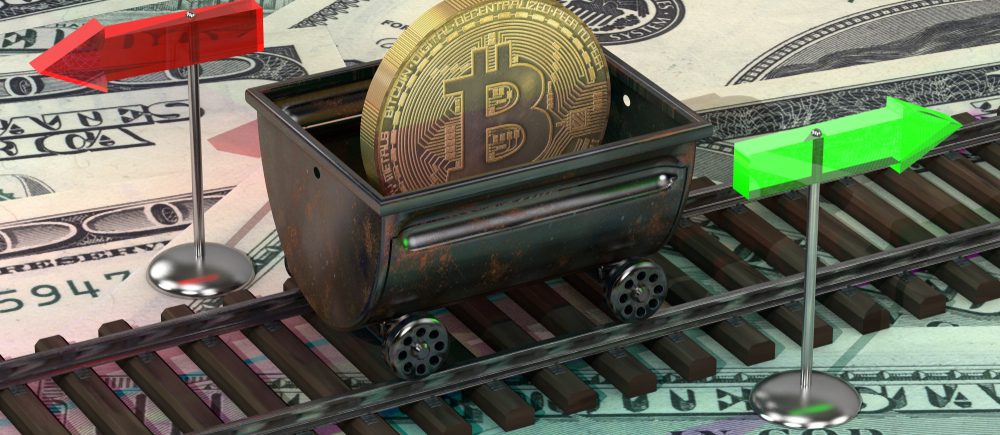Investors looking for clues on whether bitcoin’s recovery is long-lasting may need to read between the lines to look at what traditional markets are saying. On Wednesday, Goldman Sachs CEO David Solomon told CNBC that investors should prepare to face a contraction in economic activity in the world’s largest economy as the Fed withdraws liquidity to contain inflation.
The leading cryptocurrency rebounded after falling to the USD 25,338 level on 12 May and was last trading above USD 30,000. While the double-digit bounce is encouraging, it may be too early to say that the worst has passed. The recent sudden trend change in the longer duration Treasury yield and the Japanese yen suggest recession in the US, a risk-off economic factor.
Recessions, consecutive quarterly contractions in the United States’ GDP are always bearish for growth-sensitive assets like stocks, industrial metals and risky assets including bitcoin. They are typically bullish for Treasury bonds and the Japanese yen. Government bonds and currencies of nations like Japan with low-interest rates, a strong net foreign asset position, and deep and liquid financial markets are considered safe havens.
The Japanese yen’s (JPY) slide has also ended abruptly despite the Bank of Japan sticking to its accommodative monetary policy amid continued Fed tightening. The yen was trading at 127.20 per US dollar at press time, up 3.15% from the recent low of 131.35 per dollar.
While the crypto community considers bitcoin as digital gold, the cryptocurrency tends to move more or less in line with technology stocks. Bitcoin’s 30-day correlation with the tech-heavy Wall Street index Nasdaq recently rose to a record 0.82.
The 10-year US Treasury yield has turned lower of late, having risen by 150 basis points to 3.20% in the two months to May 9. The benchmark yield was seen at 2.80% at press time.
The reversal comes even as the Federal Reserve (Fed) is expected to accelerate monetary tightening and raise interest rates by 50 basis points at upcoming meets. The central bank is likely to increase borrowing costs to at least 2.25%-2.5% by the end of the year from the current 0.75% to 1%. Further, the central bank is scheduled to start culling assets from its USD 9 trillion balance sheet in June.
The decline in the longer duration bond yield in the middle of the cycle is perhaps a sign that investors are running for safety in anticipation of an economic recession, consecutive quarterly contractions in the gross domestic product.
The safe haven yen’s reversal would mean that the currency market’s focus has shifted from hawkish Fed policy to pricing in recession prospects, just like Treasury yields. Goldman Sachs recently said the Japanese yen is an ideal hedge against recession. The yen has appreciated against the dollar during each of the previous six U.S. recessions.

Bitcoin
 Noor Trends News, Technical Analysis, Educational Tools and Recommendations
Noor Trends News, Technical Analysis, Educational Tools and Recommendations




